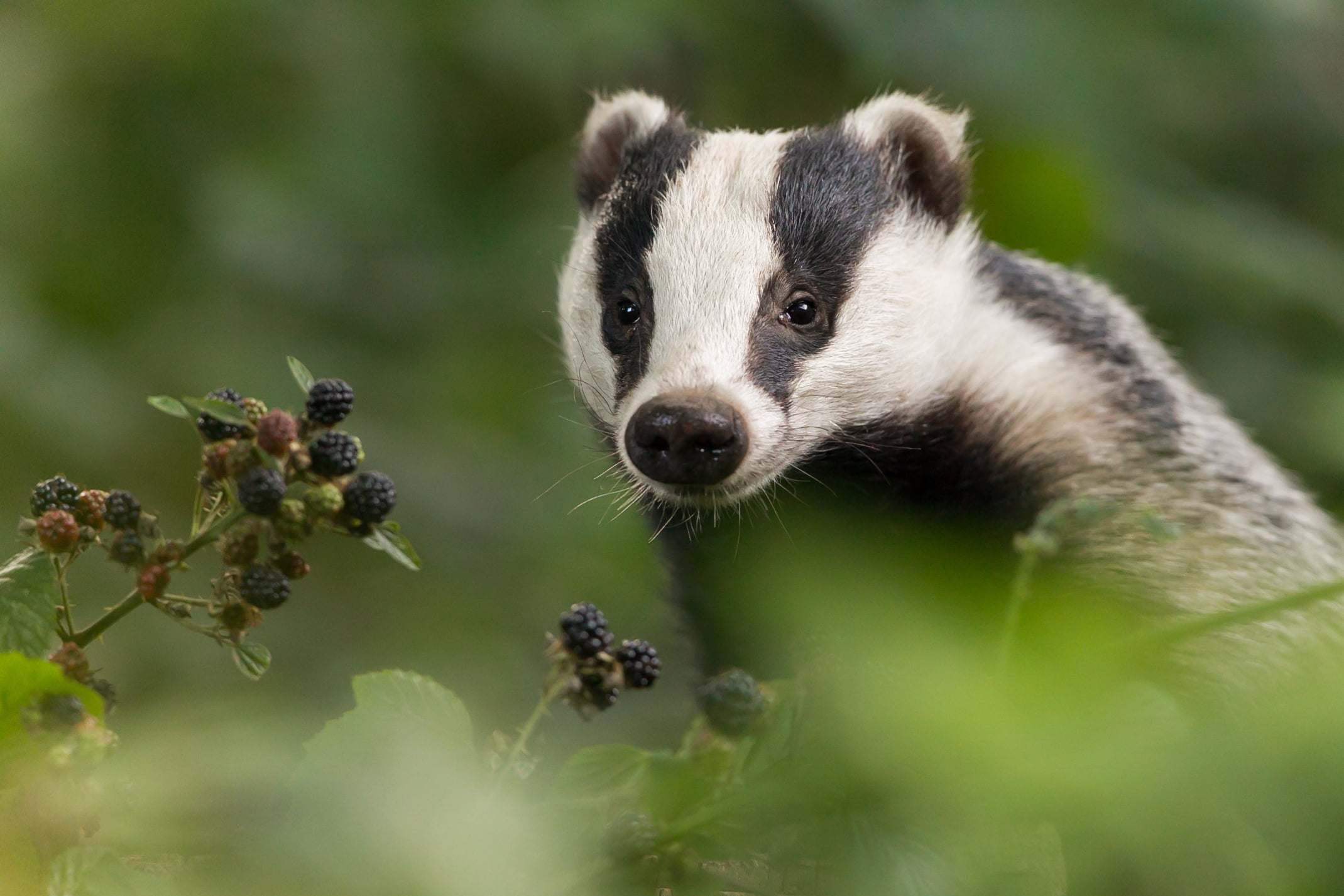STOP BADGERING THEM!
Remember reading The Wind In The Willows as a child? The Badger featured in the fearsome foursome didn’t get the kind of grief our little black and white friends do these days, but maybe he didn’t set up home in the way of a proposed development…
The past few weeks have seen our Environmental team undertaking extensive surveys and preparing reports and mitigation plans for those clients whose development projects could affect badgers.
As with all protected species, such reports need to be submitted in order to secure planning permission or acquire a development licence, and need to show whether badgers are present in or near to the area, and how they use the site, while mitigation plans show how our clients will reduce or compensate for any negative effects to the creatures.

By way of the Protection of Badgers Act 1992, in England and Wales – the law is different in Scotland – it is an offence to:
- Wilfully kill, injure or take a badger, or attempt to do so
- Cruelly ill-treat a badger
- Dig for a badger
- Intentionally or recklessly damage or destroy a badger sett or obstruct access to it
- Cause a dog to enter a badger sett
- Disturb a badger when it is occupying a sett.
As such, it is always advisable to seek specialist advice to identify the presence of any protected species to avoid development delays. While we can survey at any time of year, the best time is in early spring or late autumn when badgers are active but when there is less vegetation to hide the signs of their presence

When we find evidence of a sett, we have to identify signs that it is currently in use – as the sett is protected if there are signs of badgers, even if they aren’t occupying it at the time – it is vital to be specific.
Our team will look for the following signs to ascertain badger activity:
- sett entrances, – entrances that are normally 25 to 35cm in diameter and shaped like a ‘D’ on its side
- large spoil heaps outside sett entrances
- bedding outside sett entrances
- badger footprints
- badger paths
- latrines
- badger hairs on fences or bushes
- scratching posts
- signs of digging for food
If badgers are present, the most ideal outcome is to avoid the area that they occupy and alter development proposals to accommodate their setts and provide enough adequate habitat. However, when his cannot be achieved, a mitigation plan is developed. Such a plan can include relocating badgers away from the development footprint, thereby requiring a specialist licence with Natural England, and limits any closure of setts to between July and November.
Sometimes, an artificial sett may need to be created and habitat installed on-site to prevent conflict between badgers and the new development proposed on site.
For further guidance and to arrange surveys, contact Rob Harrison.
